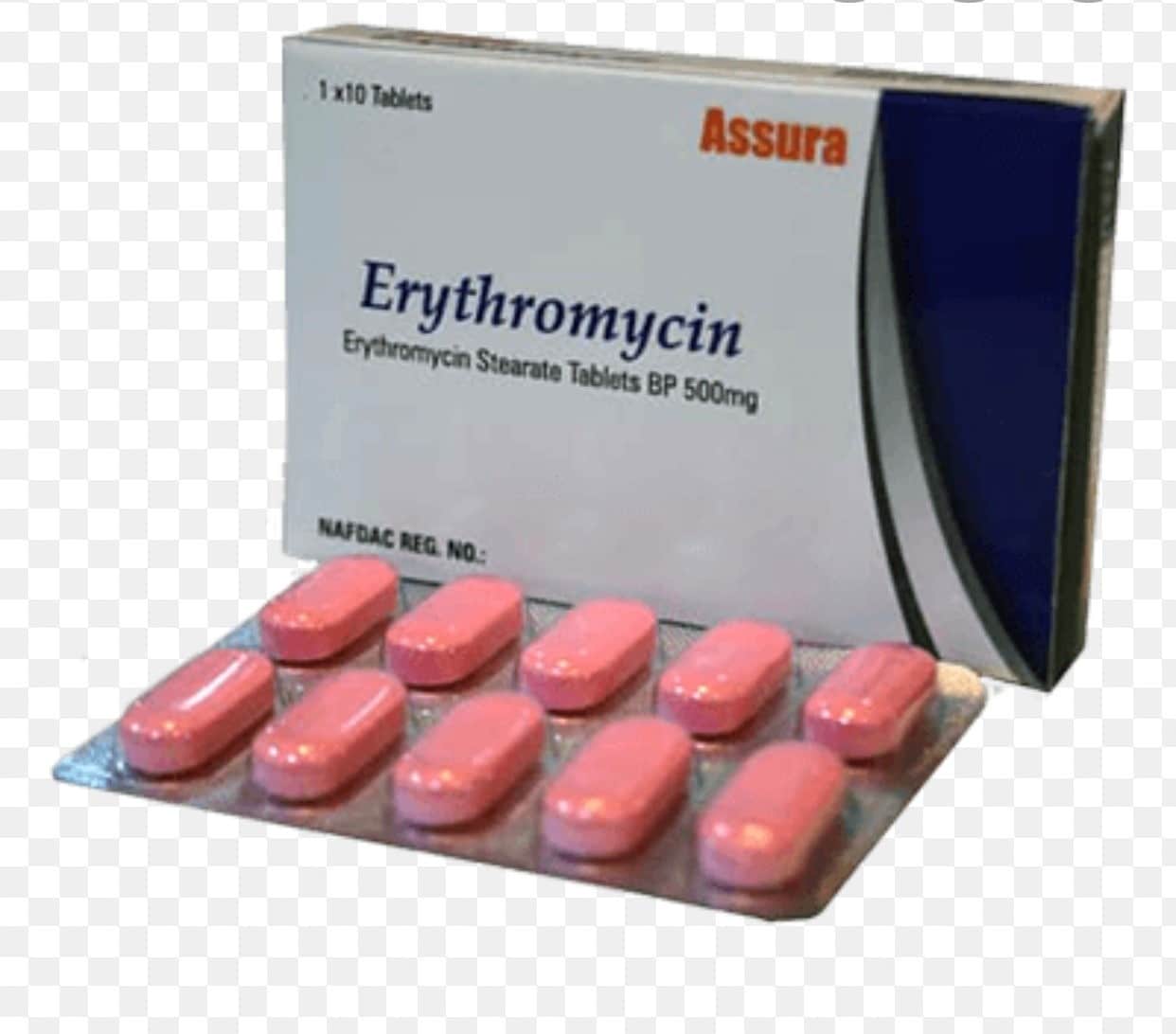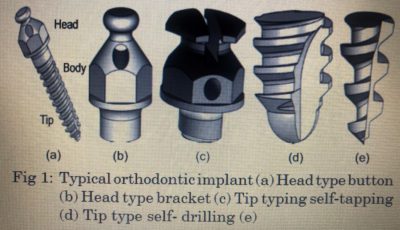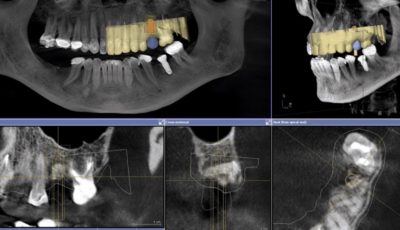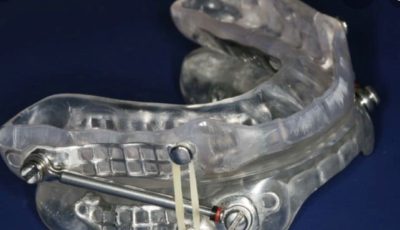• Uses in dental Practice
• Erythromycin penetrates into skeletal muscles as well as soft tissues to treat infections, abscess, little effect on bone and joint infections. Generally considered to be a good substitute for penicillin except in the cases serious enough to require the greater bactericidal potency of penicillin for either prophylactic or therapeutic use.
• Erythromycin was previously recommended by the American Heart Association for prophylaxis prior to dental, oral and upper respiratory tract procedures in at-risk, penicillin-allergic patients. It is no longer recommended because of the high incidence of gastrointestinal adverse effects and complicated pharmacokinetics of the various formulations. However, patients who have successfully received erythromycin for prophylaxis in the past may continue with this regimen if desired. Currently, clindamycin, first-generation cephalosporins (in patients who have not had an IgE-mediated anaphylactic reaction to penicillin), azithromycin or clarithromycin are drugs of choice for prophylaxis in penicillin-allergic patients undergoing oral, dental procedures. • Adult’s oral daily recommended dose is between (250-500 mg) every 6-12 h; it can be reached up to 4 g/day. Children usual dose is 30-50 mg/kg/day, in equally divided doses not exceeding 4 g/day. Given on an empty stomach (0.5-2 h before meals).
• Mechanism of action:
Erythromycin is a macrolide antibiotic, works as bacteriostatic or bactericidal at higher concentrations; it binds to 23S rRNA in the 50S ribosomal subunit inhibiting protein synthesis.
• Available Dosage forms in the Jordanian market “used in dental practice”: – Tablet 250,400mg – Suspension 200mg/5ml
• Spectrum of activity
Erythromycin is either bacteriostatic or bactericidal with broad spectrum activity that covers gram positive bacteria such as Corynebacterium, Streptococcus, Staphylococcus and Listeria monocytogenes. Gram negative bacteria such as H. Influenzae, Neisseria gonorrhoeae, Legionella pneumophila, Moraxella (Branhamella) catarrhalis, Bordetella pertussis, Campylobacter spp.Mycoplasma, Treponema pallidum, Chlamydia spp, Clostridia spp.
• Pharmacokinetics
– It is rapidly absorbed and defused into most tissues and phagocytes metabolized by demethylation in liver and excreted by bile with a 2-15% uncharged in urine. – It has approximately 2 hours half-life.
– Pregnancy Category B “No Proven Risk, although it may cross the placenta and excreted into human milk in small amount. Erythromycin is compatible with breast-feeding by the American Academy of Pediatrics. A couple of studies suggested that using erythromycin in the first trimester might be associated with small increased chance of heart defects.
• Common side effects
Nausea, Vomiting, abdominal pain, diarrhea and loss of appetite. Taking Erythromycin with food may lessen these symptoms.
• Drug Interactions
It is reported that Erythromycin may interact with theophylline, carbamazepine, cyclosporin, tacrolimus, warfarin, digoxin, terfenadine, astemazole, cisapride, pimazole, lovastatin, triazolam, and disopyramide.




